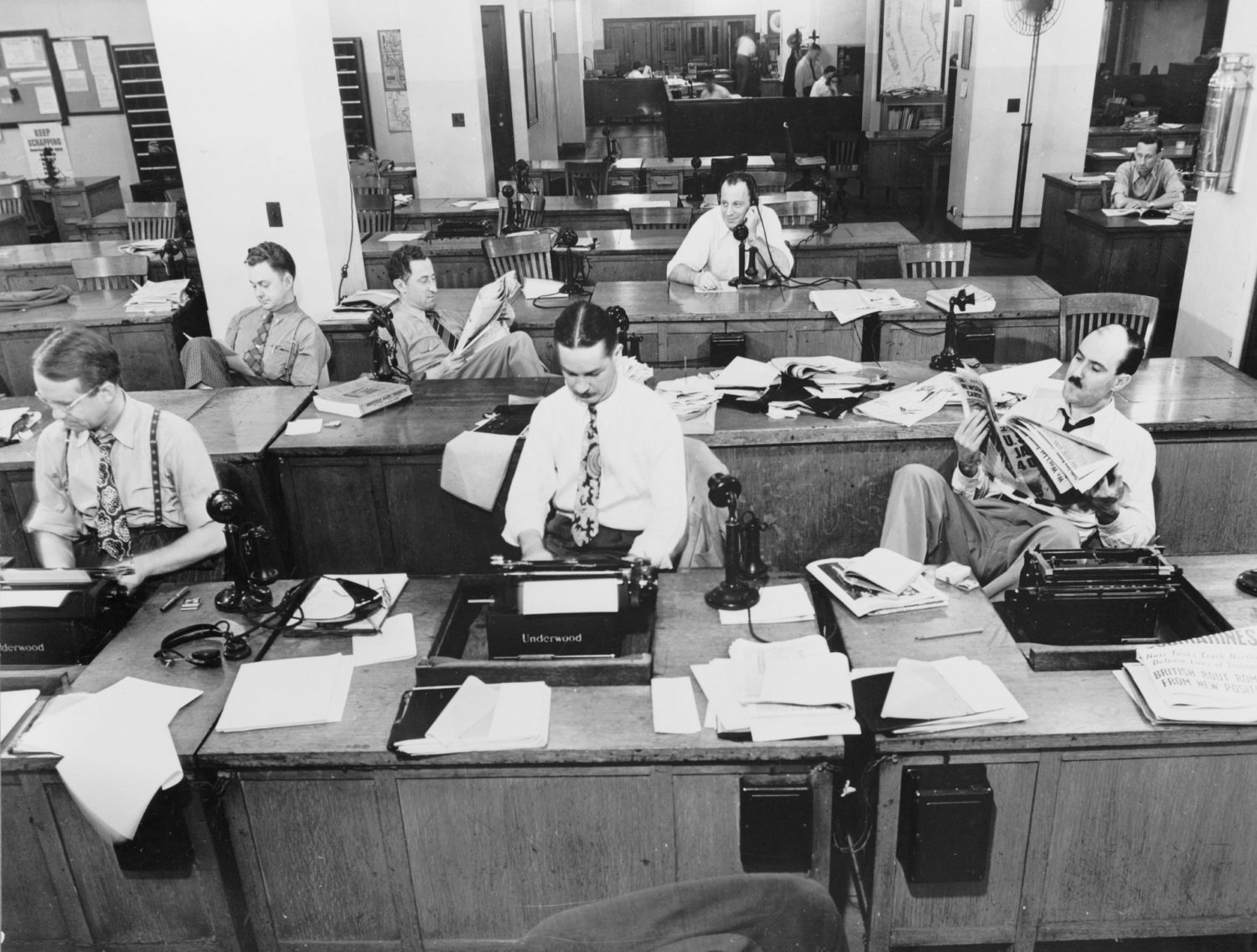Writers’ Need for a Work Ritual and How to Get One

As a student in college and graduate school, I developed a study ritual like that of a Benedictine monk. It was deliberate and communal.
Each school night after dinner, I set foot outside the apartment, walked to or through campus, plopped down at a desk in a remote corner of the library, and except for an occasional break, studied for four or five hours. Come weather what may, a soft, warm evening or a negative-40 below wind chill, I followed these intellectual stations of the cross.
The ritual was more than an efficient time-management strategy. It was a battle plan against the two-headed Hydra monster of distraction and social isolation, the twin foes of many students and knowledge workers. My study ritual allowed me to fight the beast on even terms. The walls in my apartments or dorm rooms did not feel as if they were closing. Roommates and passersby did not bug me.
Instead, at the library I shared a wordless communion with other students burying their noses in books. Like monks at Mass, we were focused and together. I knew my strategy worked when after my freshman year of college two of my friends showed up regularly to study near me on “death row” at the Orradre library, the remotest part of the three-story building.
This ritual was key to my academic success. An inconsistent student in high school, I earned a partial academic scholarship at Santa Clara University, a master’s degree from the University of Chicago, and a reporting job at the country’s top political magazine. Little did I realize the days of my Benedictine monk work ritual were numbered.
How the Internet Empowered a Two-Headed Hydra Monster
I went to college and graduate school in an unusual era, the early to mid-1990s. The internet was a fringe technology, so student life was was more similar to the 1950s than today. By the summer of 1996, the internet had changed the U of C’s campus life.
Students checked their email regularly or surfed the web at a computer lab adjoining the libraries. We were no tech geeks. To learn and communicate with others, you had to go online or log onto “the information superhighway.”
This was new and exciting. What I failed to appreciate was the internet’s downside. The two-headed Hydra monster became more rather than less powerful.
Even U of C grad students were distracted. Instead of maintaining focus, we were seduced by the internet’s bells and whistles. Surf the web! Reply to email! While accessing information became quick and easy, making sense of it became more difficult.
Sometimes distraction turned into a crippling obsession. After I received my first reporting gig, at the Benicia Herald, in the fall of 1996, I recall overhearing one co-worker, a hulking production assistant, in a breathless tone describe the beautiful naked women on a website.
While internet pornography was itself a social vice and evil, it was only the tip of the spear. Social isolation can afflict anyone today, especially those working from home in the never-ending pandemic.
Perhaps you can relate. Who among us has not been driven to distraction and felt isolated at times? While the two-headed Hydra monster may be stronger, it can be fought to a draw.
The key is to devise an effective and realistic work ritual-cum battle plan for our pandemic-addled digital age. While working like a Benedictine monk may no longer be realistic, following the time-management strategy of a county board clerk is.
A Computer Scientist to the Rescue?
For the last year and a half, I have tried time-block planning. Its chief proponent, the writer and computer science professor Cal Newport, credits it for his professional success. If he and others say they use it to good effect, why not try it?
Time-block planning consists of two steps. Plan your goals for the workday ahead of time. And give every hour of your day an assigned task. As he wrote,
I take time blocking seriously, dedicating ten to twenty minutes every evening to building my schedule for the next day. During this planning process, I consult my task lists and calendars, as well as my weekly and quarterly planning notes. My goal is to make sure progress is being made on the right things at the right pace for the relevant deadlines.
This type of planning, to me, is like a chess game, with blocks of work getting spread and sorted in such a way that projects big and small all seem to click into completion with (just enough) time to spare.
How Time-Block Planning Works
At the top of a one-page sheet, you write a one-sentence goal: finish a presentation, write two stories, etc.
Under that are two columns. On the left is your hour-by-hour original plan. On the right is your revised plan hour by hour: the one you followed. For example, you may have planned to research from 9 a.m. to 11:30 a.m., but in fact you researched from 9:15 to 9:45 a.m., drafted from 9:50 a.m. till 11 a.m.
Time-blocking has many benefits, chief among them its ability to fight the Hydra’s distraction head.
Instead of an email or Slack message attacking you, you are intentional and attack it. You have a plan for the day and execute it.
What’s more, you track your time. That makes you accountable to yourself. In theory, there’s no time lost to minutiae. If you surfed the internet or watched TV from 2:15 to 3 p.m., your activity has been duly recorded.
I have a quibble with time-block planning, though.
Track Your Minutes
Instead of measuring time blocks in hours, I prefer measuring them in minutes. It’s a sharper tool against the distraction head of the Hydra monster, whose power over those of us working from home in the never-ending pandemic should be acknowledged fully.
For example, I find that tracking minutes holds me accountable. I can no longer rationalize reading two or three stray stories online on a workday. County board clerks do the same. They note the exact time each part of the meeting begins and ends.
Similarly, I prefer setting a minutes-goal for each workday. An eight-hour workday can be broken down as follows: Subtract one hour for lunch and 10 minutes each hour for a break. That comes to 50 minutes of focused work each seven hours or 350 minutes. That’s the minimum.
Time-block planning can’t ward off social isolation, but Cal* has a strategy there, too.
Get Out of the House
When confined to home, he recommends working elsewhere. Go out in nature. Rent an office in a co-op. Find a local coffee shop or museum. Any place devoid of domestic responsibilities is good, he said.
I agree. While working from home can be helpful, it is a poor long-term strategy. We humans, as Aristotle said, are social animals. We need to be around others. Even Trappist monks gather for meals and prayer time together.
The county board clerk time-management technique acknowledges human’s need for social connection. For example, when I work from home too long, I get grumpy and listless. I feel as if I had been stuck inside a compression chamber that astronauts were required once to stay in after they returned from space.
Gotta Have a Ritual
Just as “every man has gotta have a code,” every serious writer and reporter should have a work ritual.
It’s a battle plan for success. Take it from writer Mason Currey, author of Daily Rituals, a 2013 book on the time-management strategies of famous artists such as Jane Austen, Charles Dickens, and Richard Wright. “A solid routine fosters a well-worn groove for one’s mental energies and helps stave off the tyranny of moods,” he wrote.
In a digital age, with email messages and social media always one click away, I say adopting an effective work ritual is more important than ever.
– 30 –
* I talked with him once, so using his first name strikes me as appropriate.

0 Comments